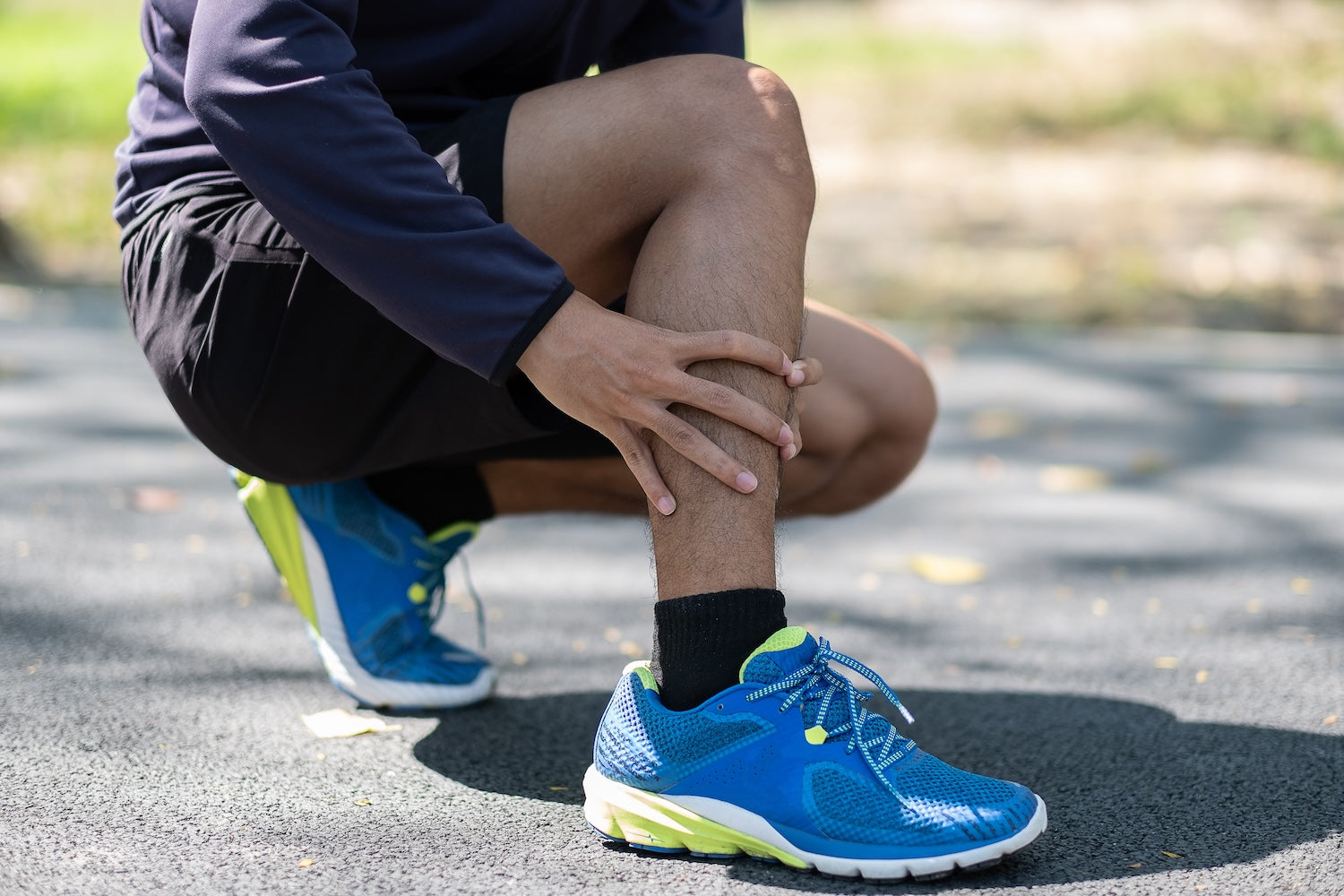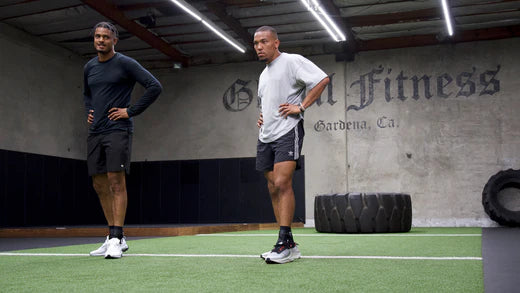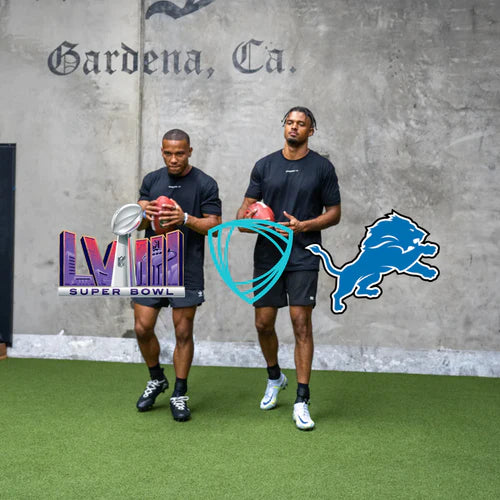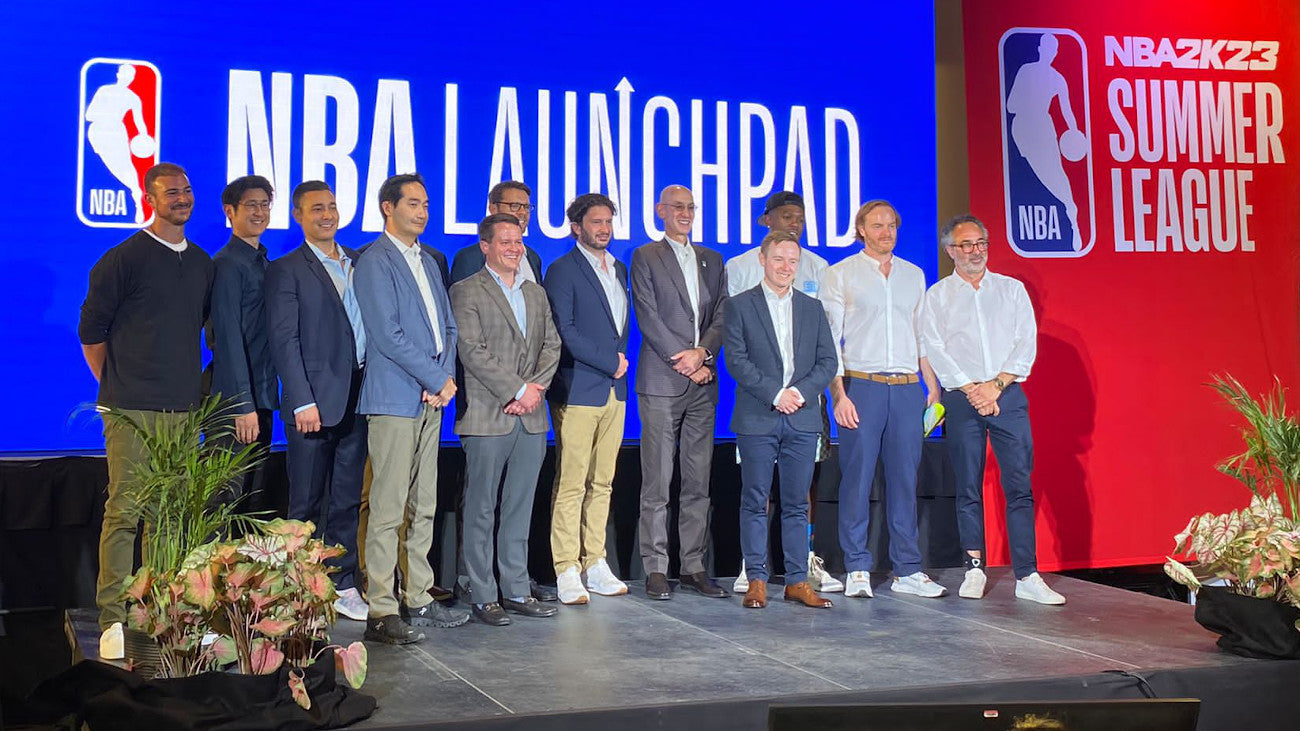A torn ligament is an injury in which one or more ligaments in a joint tear, usually due to sudden twisting or turning. The most common symptoms are severe pain, swelling, and limited movement. In this article, we explain what a ligament tear is, as well as the causes, symptoms, diagnosis, and treatment options for this injury.
The most important facts at a glance
- A ligament tear is a serious injury that is often caused by sudden movements in sports such as volleyball, soccer, and basketball, and results in severe pain and limited mobility.
- Diagnosis involves a physical examination and imaging techniques such as X-rays and MRI to distinguish ligament tears from other injuries and determine the appropriate treatment.
- The healing time varies depending on the severity of the injury and can take several months; preventive measures such as targeted training and good footwear are important to minimize the risk of a ligament tear.
Definition of a torn ligament
A torn ligament is a serious ligament injury in which one or more ligaments in a joint tear, often in the ankle. The ligaments most commonly affected are the outer ligaments, inner ligaments, and syndesmotic ligaments. A torn ligament is often caused by sudden injuries, such as twisting or turning the foot, especially during sports activities. Lateral ligament injuries and lateral ligament ruptures are injury scenarios in which a sudden movement or fall is the typical trigger. Injury to the lateral ligament can also lead to serious problems.
Sports that require quick changes of direction and abrupt movements are particularly risky. However, even in everyday life, an unfortunate accident when stepping on uneven ground can lead to a sports injury. In most cases, a ligament tear in the ankle is particularly common and can cause severe pain and significant restriction of movement in the ankle and lower leg.
Causes of a ligament tear
The main causes of a ligament tear are often sudden twisting or turning injuries, such as those that occur in sports injuries. Sports that are particularly at risk are:
- Volleyball
- Soccer
- Basketball
These sports are characterized by fast sprints and abrupt changes of direction.
Other causes can include:
- Simply stepping over your foot
- Slipping on uneven terrain
Risk factors that increase the likelihood of a ligament tear include:
- Being overweight
- Insufficiently trained muscles
- External forces
- Fast movements in certain sports that are considered to be a cause of injury
The injury can result from an unfortunate combination of these factors and often leads to severe pain and swelling in the affected joint, especially in the case of a sprain.
Symptoms of a torn ligament
The symptoms of a torn ligament are usually very pronounced and include severe pain, swelling, and limited mobility. These symptoms often occur immediately after the injury and can be so severe that the affected joint can hardly be put under any weight. Compared to a ligament sprain or strain, the symptoms of a torn ligament are much more intense and painful.
A characteristic sign of a torn ligament is immediate swelling of the affected area. Other symptoms of a torn ligament may include hematomas and joint instability, which make walking difficult. It is important to act quickly if these symptoms occur.
If you suspect a torn ligament, you should therefore seek medical advice immediately to ensure an accurate diagnosis and appropriate treatment.
Diagnostic methods for a torn ligament
The diagnosis of a torn ligament begins with:
- a thorough physical examination to check the condition of the foot and look for swelling or bruising
- Consulting a specialist to ensure that there are no serious injuries such as fractures
- Performing X-rays and magnetic resonance imaging (MRI) to accurately assess the condition of the ligaments and joint and to carry out further examinations.
Treatment is determined after a comprehensive review of the diagnostic findings, which include both the physical examination and imaging. An accurate diagnosis is important to distinguish between a ligament tear, a ligament rupture, and other injuries such as a ligament sprain or strain. The patient receives the best possible care. Treatments are tailored to the individual.
In case of severe pain or suspicion of a serious injury, a doctor should be contacted after initial first aid measures to assess the pain.
Difference between a torn ligament and a sprained ligament
A torn ligament is more serious than a sprained ligament because it causes a partial or complete tear of a ligament in the joint. While a ligament sprain often causes less severe pain and swelling, the symptoms of a ligament tear are much more intense and prolonged. The most common types of ligament injuries include ligament tears and complete ligament tears, with lateral ligament ruptures of the upper ankle joint being particularly common.
The severity of the injury is another difference between a ligament tear and a ligament sprain. While a sprain can usually be treated well with conservative measures, a tear often requires more intensive therapy and possibly even surgery. Understanding these differences is crucial for proper treatment and quick recovery.
First aid: The RICE rule
In the event of a ligament tear, it is important to take immediate first aid measures to support healing. The RICE rule is a proven method consisting of four immediate measures:
- Rest
- Ice
- Compression
- Elevation
This rule helps to relieve pain and swelling and protect the injured joint.
First, the affected body part should be immobilized to prevent further damage. Ice can help constrict blood vessels and reduce swelling. A pressure bandage can also reduce bleeding and swelling and stabilize the joint.
Finally, elevating the injured body part helps reduce blood flow and promote healing.
Surgical intervention in severe cases
In more severe cases, surgical intervention may be necessary. Surgery is recommended if there is a complete tear of a ligament, especially in young, athletically active patients. In rare cases, surgery is necessary for more severe ligament injuries to repair the lateral ligament complex.
After surgery, patients usually have to walk with crutches for the first two weeks to relieve the ankle joint. Early and appropriate treatment is crucial to prevent chronic pain.
Rehabilitation and healing time for ligament tears
The healing time after a ligament tear usually ranges from six weeks to several months, depending on the severity of the injury. Rehabilitation includes targeted physical therapy. In addition, a slow return to sporting activities is important. Early physical therapy can have a positive effect on the healing process and facilitate a return to sporting activities.
Before returning to intensive sports, medical clearance should be obtained, and strenuous physical activity should not be resumed too early. The healing time and the chosen treatment method must be taken into account, as these influence the return to sporting activities.
Prevention of ligament tears
The following measures should be taken to prevent ligament tears:
- Integrate targeted muscle training sessions into your workout routine.
- Avoid high-risk sports to minimize the risk of injury.
- Wear good shoes to prevent twisting your foot and tearing ligaments.
Measures to reduce the risk of ligament tears:
- Strengthen the leg muscles to improve stability
- Warm up before sporting activities to prevent injuries
- Improve coordination, for example through balance exercises
Long-term consequences of an untreated torn ligament
Untreated torn ligaments can lead to permanent instability of the joint, which often results in a feeling of uncertainty in the ankle joint and pain when putting weight on it. Premature osteoarthritis can be a serious consequence of an untreated ligament tear, which can severely impair the quality of life of those affected.
Long-term restrictions in joint mobility are common after an untreated ligament tear, which underscores the need for early and correct treatment. Timely treatment is therefore crucial to avoid long-term complications.
Summary
A ligament tear is a serious injury that requires accurate diagnosis and appropriate treatment. From the definition and causes to the symptoms and diagnostic methods to treatment options and prevention, this guide provides a comprehensive overview of the topic.
In conclusion, early and correct treatment is crucial to avoid long-term complications. With the right measures and expert support, those affected can quickly get back on their feet and continue their sporting activities. Stay informed and take care of your health!
Frequently asked questions about torn ligaments
What is a torn ligament?
A ligament tear is a serious injury in which one or more ligaments in a joint, usually the ankle, tear. It is important to seek appropriate treatment to prevent further damage.
What causes a ligament tear?
A ligament tear is often caused by sudden twisting or turning trauma, especially during sports activities, and can be exacerbated by risk factors such as obesity and untrained muscles.
What are the symptoms of a ligament tear?
A ligament tear typically causes severe pain, swelling, and limited mobility in the affected joint. These symptoms are crucial for diagnosis and treatment.
How is a torn ligament diagnosed?
A torn ligament is diagnosed through a physical examination, X-ray, and, if necessary, magnetic resonance imaging (MRI) to assess the condition of the ligaments and joint.
How can a torn ligament be prevented?
To prevent a torn ligament, targeted muscle training, wearing suitable footwear, and performing warm-up exercises and balance exercises to improve coordination are essential. These measures strengthen the muscles and promote stability.




